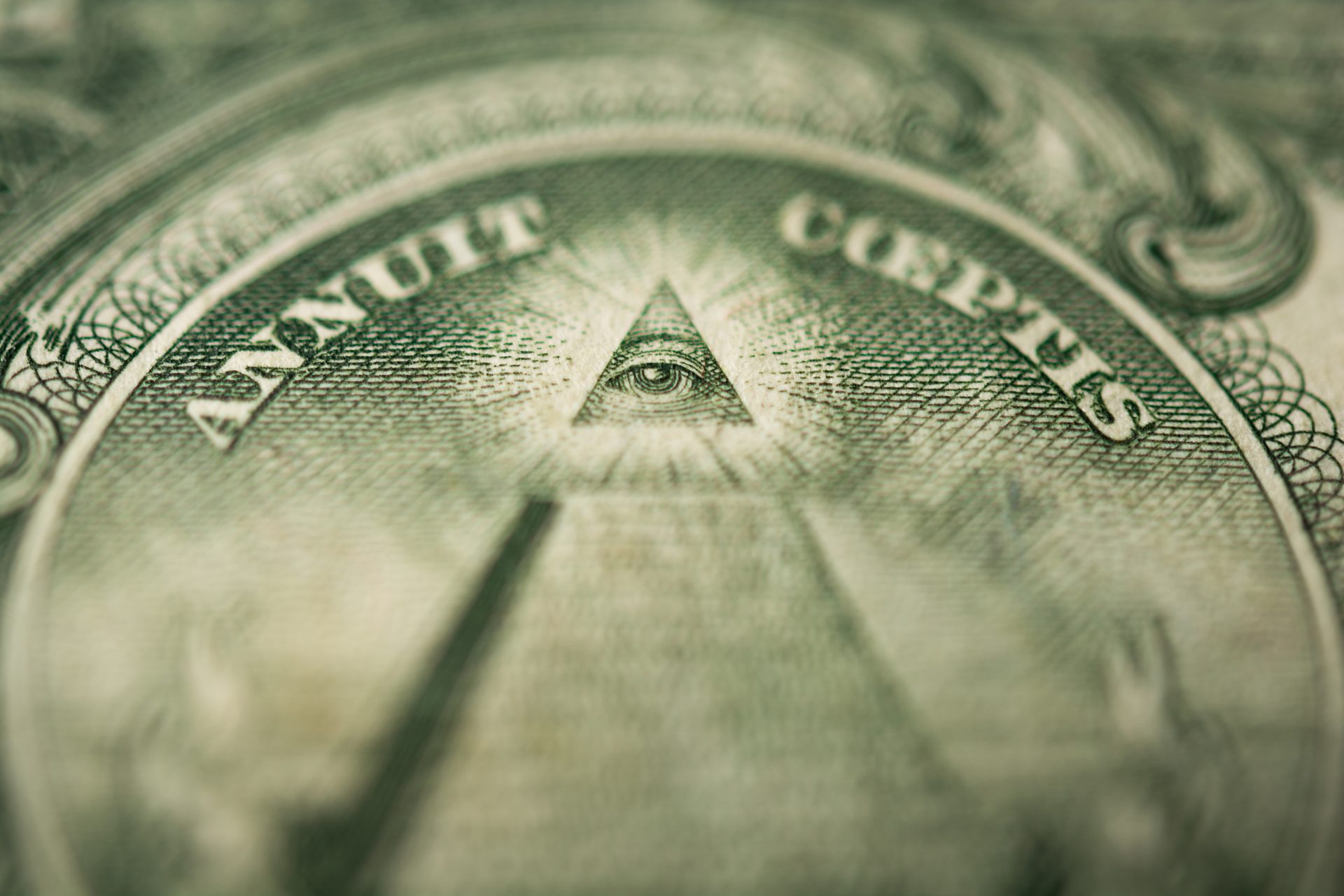Practical Steps You Must Follow for How to Become a Freemason Quickly
Practical Steps You Must Follow for How to Become a Freemason Quickly
Blog Article
Discovering the Mysteries of the copyright: What You Required to Know
The copyright, a term frequently shrouded in intrigue and controversy, represents an intricate tapestry of historical reality and modern myth. Established in the late 18th century, this secret culture was at first rooted in the Knowledge's ideals but has because become synonymous with conspiracy theories regarding elite control. As we navigate the beginnings, essential figures, and the stark contrast in between misconception and truth, one should think about just how these stories affect modern understandings of power and privacy. What could be revealed through a more detailed examination of these aspects could test long-held assumptions concerning the darkness that remain in our culture.
Beginnings of the copyright
The beginnings of the copyright are soaked in a mix of historic intrigue and ideological fervor. Established in 1776 in Ingolstadt, Bavaria, by Adam Weishaupt, the group was originally created as a secret society aimed at advertising Knowledge ideals such as reason, secularism, and the separation of church and state. Weishaupt, a professor of canon law, sought to challenge the dominating authority of the church and state, which he deemed oppressive institutions suppressing intellectual and individual liberty.

Key Figures and Participants
That were the critical figures that formed the copyright's very early influence and direction? The Bavarian copyright, established in 1776 by Adam Weishaupt, arised as a reaction to the overbearing societal frameworks of the time.
One more substantial number was Johann Gottlieb Fichte, a noticeable thinker whose concepts on nationalism and education and learning resonated with the copyright's objectives. Fichte was not a formal participant, his thoughtful foundations influenced the team's ideological background. In addition, figures like the writer and thinker Johann Wolfgang von Goethe were related to the wider intellectual activities of the time, although their direct participation with the copyright remains discussed.
These essential numbers added to the copyright's very early instructions, pressing the limits of political and social idea, while their cumulative initiatives intended to test established norms and cultivate an environment of dynamic adjustment in Europe.
Misconceptions vs. Truth
Numerous mistaken beliefs surround the copyright, commonly mixing reality with fiction in such a way that covers its real nature. This secret society, initially established in 1776 in Bavaria, aimed to advertise Enlightenment ideals and battle this spiritual and political fascism. The notion that the copyright continues to apply considerable impact over globe events is a myth. While the team did exist, it was disbanded in the late 18th century and has actually not operated as a natural entity because after that.
One more prevalent myth is that the copyright comprises a network of elite individuals adjusting international affairs. Actually, several conspiracy concepts overemphasize the group's importance, connecting misguided objectives to societal trends and occasions. This has actually led to an oversimplified view of complicated concerns.
In addition, the representation of the copyright in pop culture commonly additional distorts its tradition. Films and literature often tend to sensationalize the organization's function, producing a narrative that splits from historical facts. Comprehending the distinction in between the myths and the fact of the copyright is crucial for discerning the authentic influence of this historic team and acknowledging the wider implications of conspiracy theory theories in contemporary society.
Modern Interpretations
Contemporary analyses of the copyright often mirror wider social anxiousness and a fascination with secrecy and power. This contemporary lens frequently links the copyright with conspiracy concepts that recommend a hidden elite coordinates globe occasions, manipulating federal governments and economic climates for their very own gain. benefit of joining freemason. Such narratives use a deep-rooted mistrust of authority, specifically in times of dilemma or social upheaval
In pop culture, the copyright is frequently illustrated as an omnipotent company shrouded in mystery, bring about a plethora of imaginary representations in literary works, movie, and songs. This portrayal offers not only to amuse however additionally to provoke thought regarding the nature of power and control in contemporary culture. Social network has additionally enhanced these interpretations, permitting quick dissemination of conspiracy theory theories and developing communities that share and increase upon these concepts.
Furthermore, some modern-day interpretations frame the copyright as a metaphor for the complexities of globalization and the interconnectedness of significant individuals and companies. This perspective encourages a vital exam of just how power dynamics operate in today's world, highlighting the equilibrium in between transparency and privacy in governance and business techniques.
Social Effect and Heritage
Influenced by centuries of intrigue, the cultural impact and heritage of the copyright prolong much past its historical beginnings. This secret society, established in the late 18th century, has actually permeated different elements of pop culture, from literature and film to songs and art. The principle of the copyright has developed into a sign of conspiracy theory concepts, frequently representing a viewed surprise company website power manipulating worldwide occasions.
In literature, writers like Dan Brown have woven the copyright into intricate stories, exciting viewers with styles of privacy and power. Films such as "National Treasure" and "The Da Vinci Code" further continue the attraction of the society, mixing reality with fiction to produce interesting narratives.

Inevitably, the copyright's heritage is a complex tapestry of myth and fact, forming assumptions of privacy and control in modern discussion. Its long-lasting existence in society emphasizes mankind's perennial quest for comprehending hidden truths.
Conclusion
The expedition of the copyright exposes a complex interplay between historical truths and modern myth-making. Established in the Knowledge era, this society intended to challenge overbearing structures, yet its tradition has been eclipsed by conspiracy theory concepts that recommend elite manipulation. Understanding the differences in between the initial suitables and contemporary interpretations is vital for comprehending the withstanding attraction with the copyright and its significant influence on cultural stories bordering power and privacy in society.
Report this page